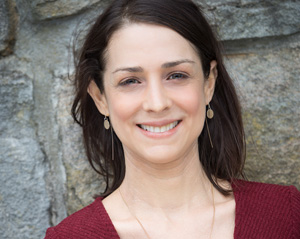What is Meditation?
Meditation and mindfulness are certainly buzz words at the moment and when we hear them we may quietly say to ourselves “yes I must do that, supposedly it’s good for me”. But do you know what the purpose of meditation is and why would we put effort into learning how to do this?
People often associate yoga and meditation as being separate, however, they are actually the same thing. According to Patanjali (father/author of the Yoga Sutras) the purpose of yoga is to bring the mind to a one pointed focus. He then goes on to explain the various stages of ‘astanga yoga” (no, not the sequence of postures that was taught by Pattabhi Jois, but the eight limbs of yoga), which outline the necessary steps to take towards living in a state of yoga (connection with oneself).
The final 3 limbs of yoga, Patanjali discusses meditation in detail. So could it be that yoga and meditation are actually the same thing? To developing a connection with your being and your body that you can then take into your daily life.
Putting history aside, let’s delve into some practicalities on how meditation can support you in your day-to-day life.
Meditation isn’t something that we do for just part of the day be it 10 mins or 2 hours and then forget about until the next time you practise. Yes a formal meditation practise sitting for 10 – 15mins can be very useful to help us to learn to re connect, to focus our mind and body. But where the gold is in meditation is when it starts to become part of how you live throughout your day.
The practice of meditation in your daily life, is simply being with your body in all that you do. It is about developing an intimate connection with yourself.
And how do you build this connection with yourself? Here are some simple steps:
1) Connect with feeling your breath and make the choice to breathe a gentle breath.
You may notice that when you are upset, your breathing becomes a little more erratic. Making the choice to breath a gentle breath brings a different quality of energy into your body. One that is more true than the up and down emotions that we may feel. When we steady the breath and it is gentle, it is much easier for us to re connect with our innate essence (ie. without the emotional roller coaster that we may use to be riding).
2) Make the deliberate choice to be with your body in what you do.
That is placing your mind with your body in whatever activity that you are doing. This way, you are giving your mind something to do.
3) Feel your body as you do that activity.
For example, feel your legs as you walk, feel how your hips move, feel how your arms sway.
4) Become aware of your thoughts
As you start to go into following certain thought patterns, make the choice come back to your connection with your body so you are present with what you are currently doing rather than follow certain thought patterns that may not be constructive.
As you take meditation into your daily life, you will find a whole new way of being present with your body in what you do. This way you begin to enjoy what you are currently doing on a whole new level rather than thinking ahead or reflecting on the past. Read more on How to Meditate.
Donna Nolan offers private meditation tuition, Massage, Connective Tissue Therapy and Esoteric Healing in her clinic in Cammeray and Balgowlah. Contact her at donna@yogaandhealing.com for bookings.
Free guided Meditation Download Gentle Breath Meditation™


